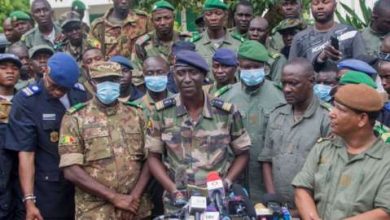InternationalNews
Iran’s presidential election: Four ways it matters

Iranians are due to choose a new president this month at a pivotal time for the country, both at home and abroad. Much has changed in the four years since the last election – and here are key reasons why this one will be closely watched.
Growing dissatisfaction
Since the last presidential election in 2017, a series of events has drastically changed the Iranian political landscape. They include deadly crackdowns on anti-government protests; arrests of political and social activists, executions of political prisoners; the shooting down of a Ukrainian airliner by Iran’s Islamic Revolution Guard Corps (IRGC); and a severe economic crisis as a result of US sanctions.
The repercussions among ordinary Iranians are having a significant impact on the upcoming election. Perhaps the most substantial blow to Iran’s rulers would be low voter turnout, as dissatisfaction among the electorate is at its peak.
Although it is widely believed that Iranian elections are by no means free and fair (mainly due to the vetting of candidates by a hardline body known as the Guardian Council), Iran’s leaders still need high turnout to prove the legitimacy of the political system. It is this legitimacy that has been seriously challenged by the events of the past four years.
Two recent polls suggest there will be a low turnout. One, by the state-run Islamic Republic of Iran Broadcasting (Irib) indicated that fewer than 50% of those eligible would cast their ballot, while the hardline Fars news agency’s poll suggested only a 53% turnout.
In previous elections, low voter turnout has usually given the upper hand to the hardliners and conservatives.
Source:Fiilafmonline/BBC



